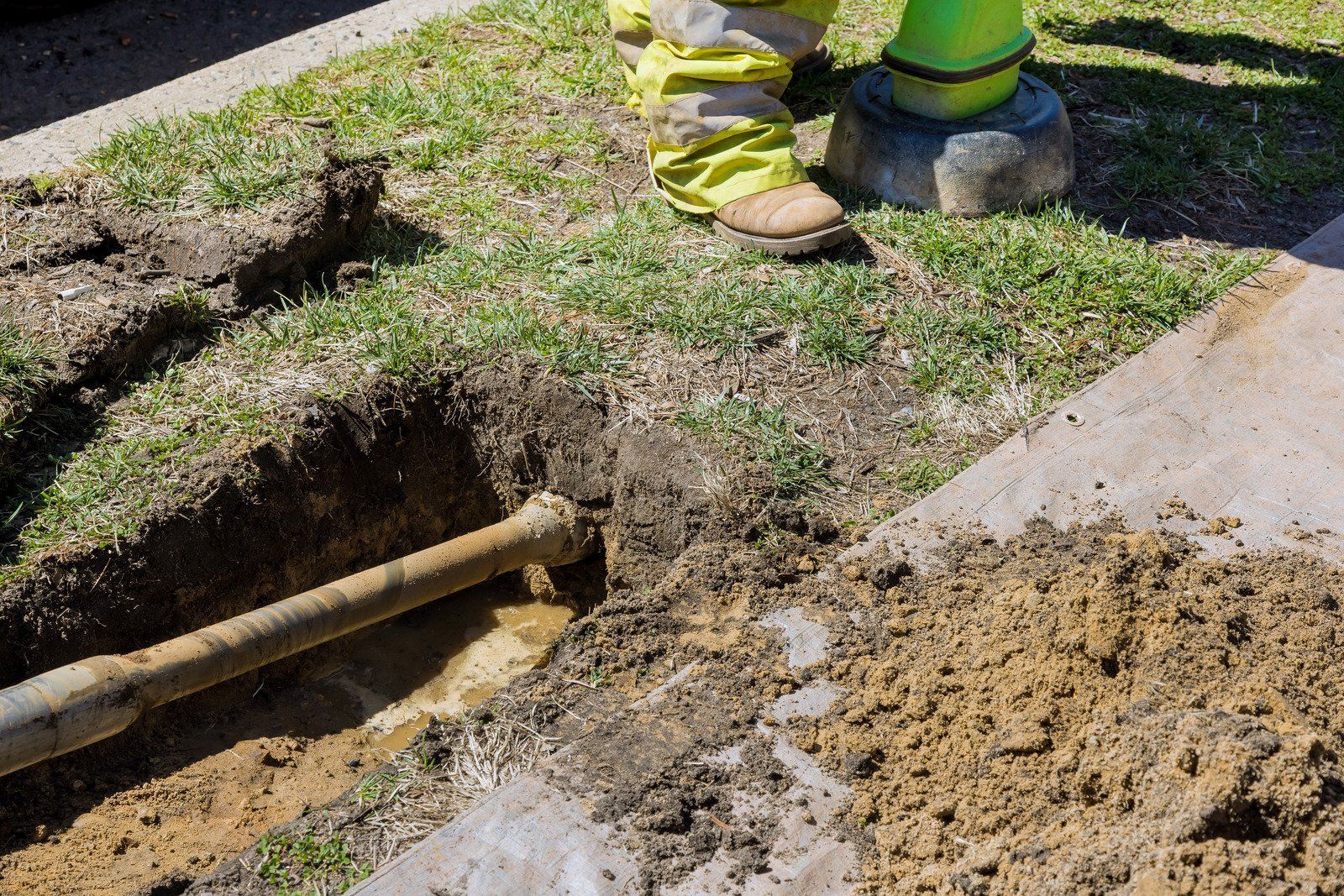The Importance of Regular Sump Pump Maintenance
A sump pump plays a critical role in protecting your home from flooding, particularly in basements or crawl spaces prone to moisture. Its primary function is to collect and discharge excess water away from the foundation, preventing structural damage and mold growth. However, like any mechanical system, a sump pump requires regular maintenance to operate reliably—especially during heavy rain or snowmelt. Without proper upkeep, your sump pump may fail when you need it most, leading to costly repairs and potential water damage.
Many homeowners only think about their sump pump when a storm is approaching. However, preventative maintenance ensures the system is ready at all times, offering peace of mind and long-term savings. Below are four key components of
sump pump maintenance and why they matter.
1. Test the Pump Regularly
One of the simplest yet most effective maintenance tasks is to test your sump pump periodically. This involves pouring a bucket of water into the sump pit and checking if the pump activates and efficiently discharges the water. If it doesn’t turn on or drains slowly, the issue could be a faulty float switch, clogged discharge line, or mechanical failure. Early testing allows you to catch problems before they become emergencies.
2. Clean the Sump Pit and Components
Debris, sediment, and small objects can accumulate in the sump pit over time, which may clog the pump or cause it to work harder than necessary. Routine cleaning involves removing any buildup from the pit, inspecting the intake screen for clogs, and wiping down components to ensure smooth operation. A clean pump not only runs more efficiently but also lasts longer, saving you from premature replacement costs.
3. Check the Discharge Line
The discharge line is responsible for carrying water from the pump to a safe location outside your home. If this line is frozen, blocked, or damaged, the water has nowhere to go—rendering your pump ineffective. Inspect the line regularly to ensure it's clear and properly connected. Installing a grated cover or extension hose can also help prevent animals and debris from entering and clogging the system.
4. Inspect Backup Systems and Alarms
Power outages often accompany heavy storms—the exact time your sump pump needs to work. That’s why battery backup systems and high-water alarms are essential. Regularly test the battery backup to make sure it’s charged and operational. Also, ensure that high-water alarms are functional to alert you if water levels rise beyond safe limits, giving you time to act before flooding occurs.
Maintaining your sump pump is not just about avoiding water damage—it’s about protecting your home’s foundation, preserving your belongings, and ensuring a safe living environment. By investing in regular maintenance, you can avoid emergency repairs and maintain peace of mind during every storm. Ready Jetter Plumbing, based in Macomb, Michigan, has over 25
years of experience in drain cleaning and hydro jetting services. Our team also specializes in sump pump inspection, maintenance, and repair to help protect homes from water damage year-round. Trust us to keep your system running efficiently.



